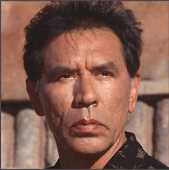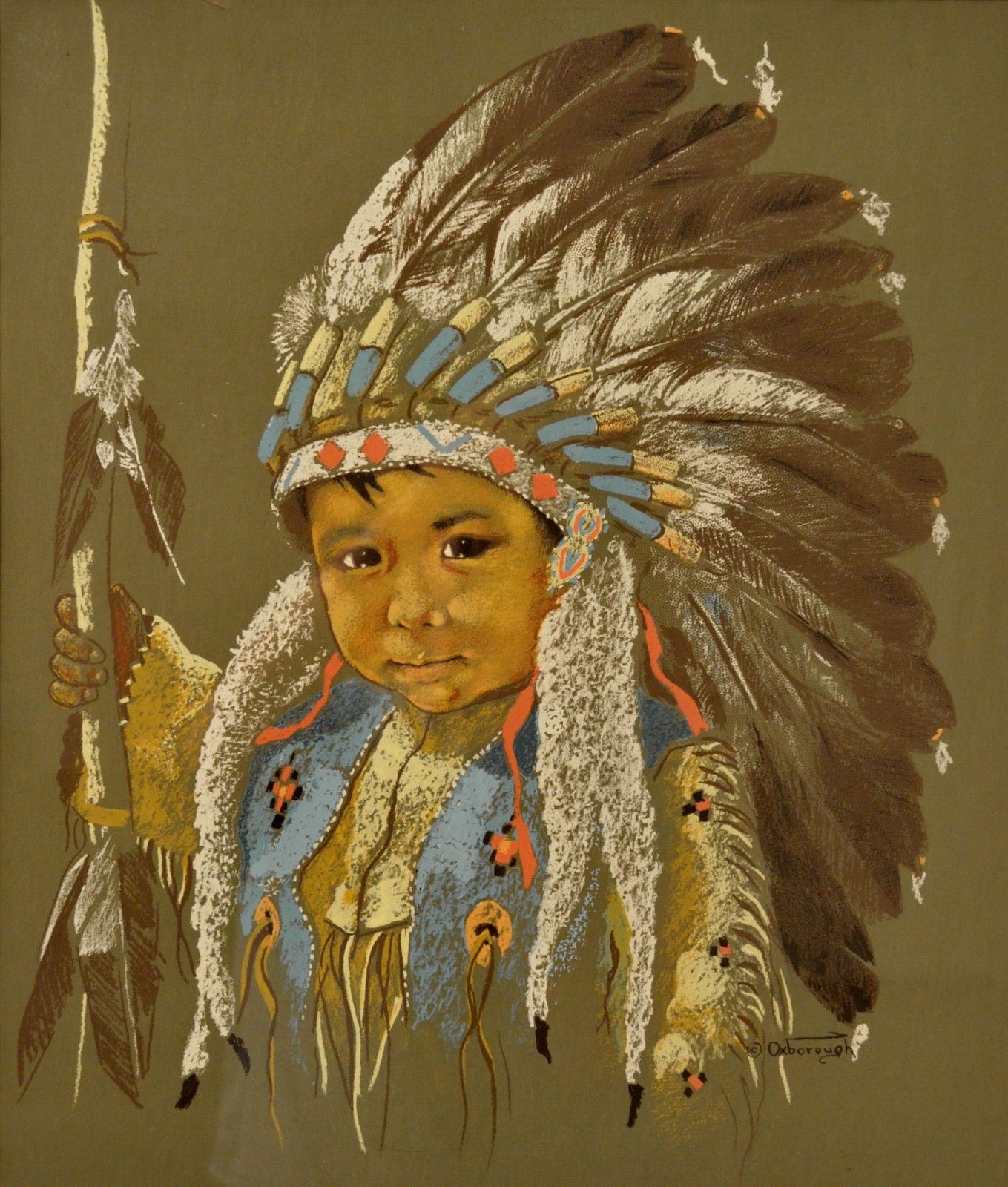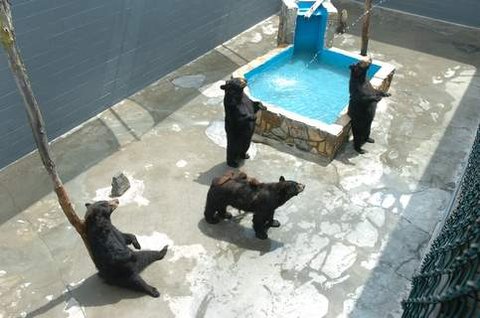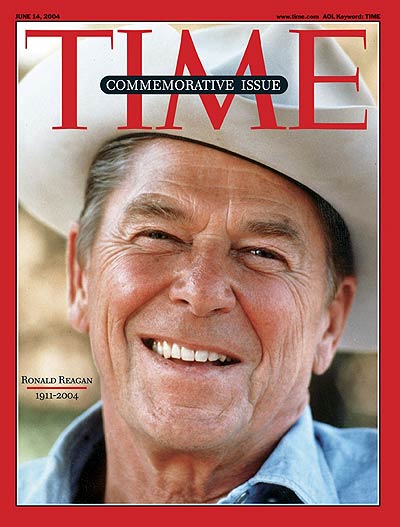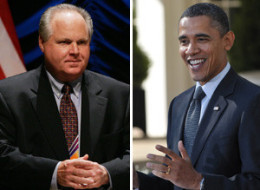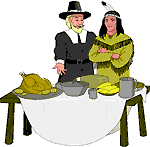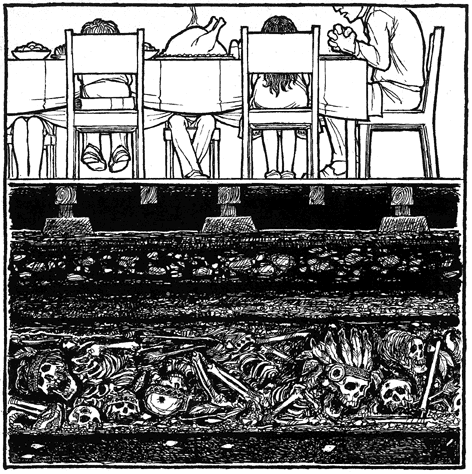Here's another in our series of almost daily racial offenses against Indians.
This controversy bubbled through the Internet briefly before bursting into everyone's consciousness Wednesday morning.
Here's the offender:
Station 280 on ComoStation 280 on Como is the best place to catch your favorite team in action. Armed with a dozen fifty inch flat screen TVs, a full kitchen and a great bar staff, we offer great food and excellent service. Parked between both the University of Minnesota Minneapolis campus and the St. Paul campus, we boast the Twin Cities' most accessible fun zone available. Make Station 280 your new local hang out!And here's the offense: a flier Station 280 created and distributed in person and online.
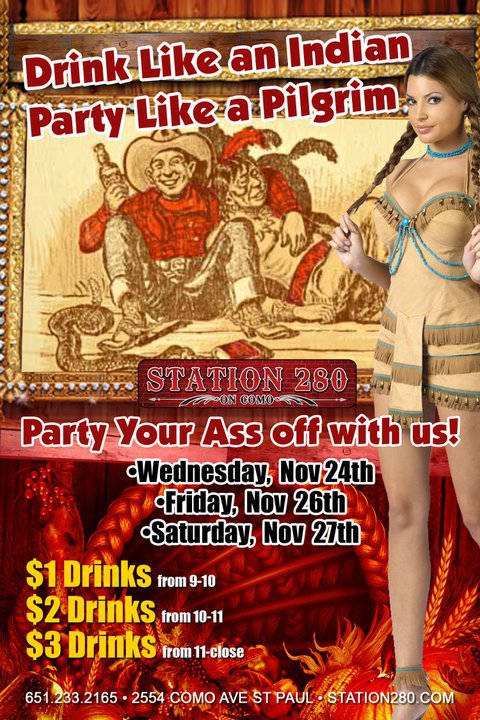 Indians dislike Station 280
Indians dislike Station 280Once people on Facebook realized what was going on, the reactions were swift and sure:
Your thanksgiving poster is racist and offensive. I will NEVER go to your club and I will advise ALL of my friends who are obviously way more EDUCATED than your PR people are, to boycott you as well. Really Station 280? "Drink like an Indian, party like a Pilgrim..."? It is not funny and it only shows your ignorance...of history and blatant bigotry. I would choose NO stars for a rating but since Facebook tells me I must select a star in order to post this, one will have to suffice. I hope you choke on your fucking turkey.
I agree...very racist...maybe their PR person could benefit from a visit from a bunch of "Indians"....
Seriously! Who thought this racist poster was a good idea?! Racist and dumb, ughh!
First, TAKE THIS DOWN....Second, find the balls you had to post it in the first place and use them to apologize for such a disgusting, racist advertisement. There is NOTHING "edgy" about this, NOTHING "funny" about this.
Celebrating atrocities committed as reasons to "Party Like a Pilgrim" (I'm not descended from those people--who...by the way were not even called Pilgrims until the 1870s) is rejoicing in the scalping, raping, stealing and pillaging of people's property and humanity.After a couple of hours of intense protests (phone calls and e-mails), Station 280 issued this apology:
Station 280 on Como would like to sincerely apologize to the Native American population for the Thanksgiving flyer. It was never our intention to alianate or offend anyone and we recognize that the message portrayed in the flyer was insensitive and did just that. Our goal will continue to be to provide an exciting and positive atmosphere for all people to enjoy.About half an hour later, the offending image disappeared from Station 280's Facebook page.
Thousands learn a lessonThe story made the news that night:
St. Paul Bar Faces Backlash Over Thanksgiving AdBy John LauritsenJessica Nordin, a manager at Station 280, said the sports bar was trying to be edgy.
“We sincerely didn’t think this many people would get offended,” said Nordin.
She said the bar received more than 75 angry phone calls on Wednesday, so they pulled the ad.
“We definitely apologize over and over and over to everyone that was offended. That was not our intention at all. I just want to make sure that’s very clear. That was not our intent,” said Nordin.
The owner of the bar was the one who ultimately signed off on the advertisement before it went out.
Nordin said he will be making a donation to a Native American alcohol abuse foundation.Comment: I wonder what Nordin's acceptable number of offended people was. Five? Ten? Twenty? "We sincerely thought this flier would offend a few dozen people. But 75? No way!"
Let's hope Station 280 has better luck offending people in the future. Coming up in its next "edgy" promotion:
Dance like a black. Shout like an Italian. Haggle like a Jew. Sleep it off like a Mexican. Etc.I admit Station 280's apology was better than I expected. They didn't take the usual route of blaming the victim for being overly sensitive: "We're sorry
if you were offended." But here's how I read the apology:
Station 280 on Como would like to sincerely apologize to the Native American population, which we thought was dead and gone, for the Thanksgiving flyer. It was never our intention to alianate or offend anyone, especially savages who don't use computers, and we recognize that the message portrayed in the flyer was insensitive and did just that. Our goal will continue to be to provide an exciting and positive atmosphere for all people, especially hot chicks with big boobs, to enjoy.
P.S. We plan to learn how to spell "alienate" real soon now.Another protest worksSomeone complained that the flier had been online 12 hours despite demands to take it down. Once the protest started in earnest, it came down quickly.
I'd say even a 12-hour takedown is pretty good. In the olden days, an outfit like this would've blown off the protest. But now activists nationwide can cause real change in a matter of hours.
To recap: The bar apologized. The story made the local news, informing the community of the stereotyping issue. You can bet the owners won't do anything like this again.
Most important, we've helped educate people about the wrongness of Native stereotypes. Anyone who heard about the story has learned a lesson.
Remember how critic Michael Cooke carped about how protests are ineffective and activists are wasting their time?
Headdresses okay if they're "controversial"?Comic-Con protest vs. Dudesons protestIndians shouldn't act uppity?Devil's advocate defends Saginaw GrantIrish band is just harmless fun?Educational value of bloggingRob should fight poverty?!Stereotypes disappear "organically"?Headdresses = fedoras?Stereotypes okay in "cultural commons"?This is the perfect example of what I'm talking about. These stereotypes--the
sexy Indian,
drunk Indian, and
primitive Indian--haven't disappeared in the last century. They continue to appear almost every day. They'll disappear only when people stand up and
protest them. As they did successfully in this case.
In other words, you lose, Cooke. Next time you think you understand social activism better than I do, think again. You're an ignorant child compared to me in this area. You literally don't understand
how protests work. It's not rocket science to most people, but it is to you, apparently.
In short, power to the peeps via the Internets!
For more Native protests, see
Columbus Day 2010 Protests,
Cameron Helps with Anti-Dam Films, and
Indians Rally Against Bloomberg.




